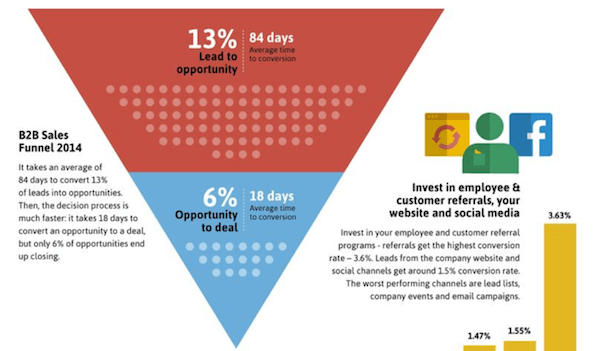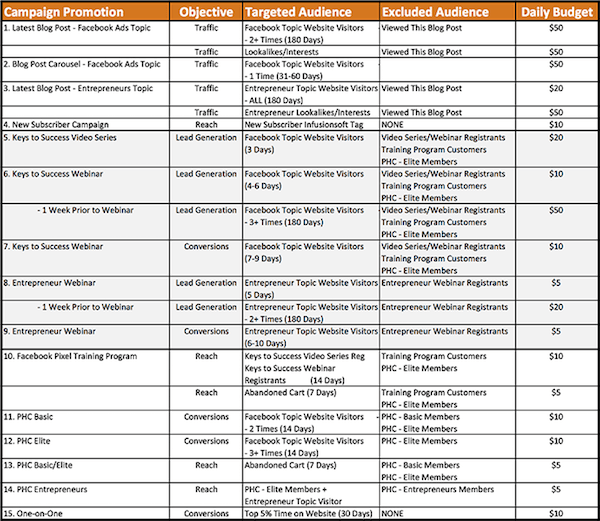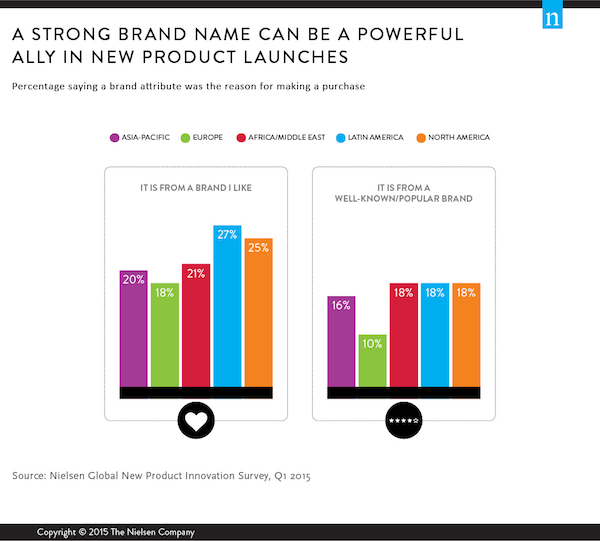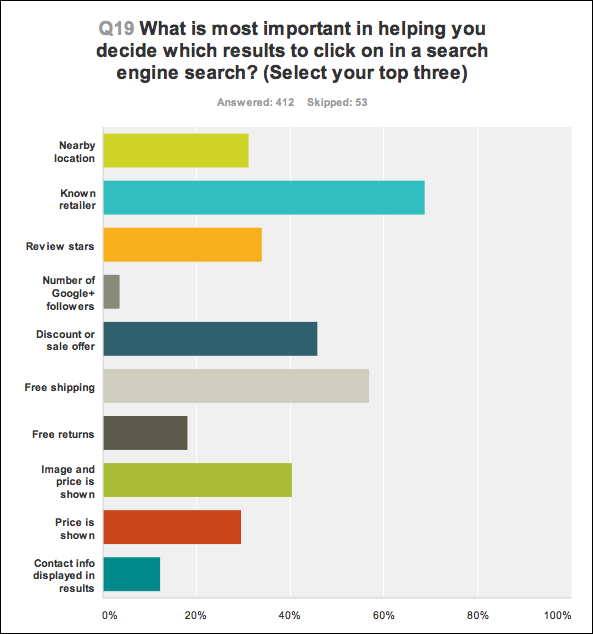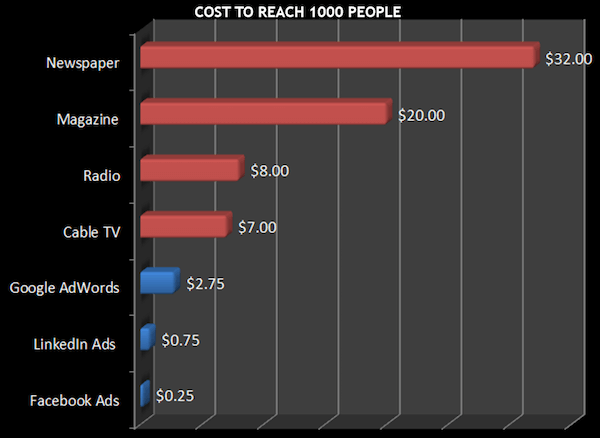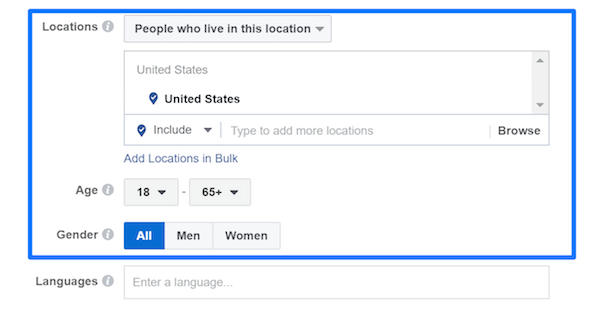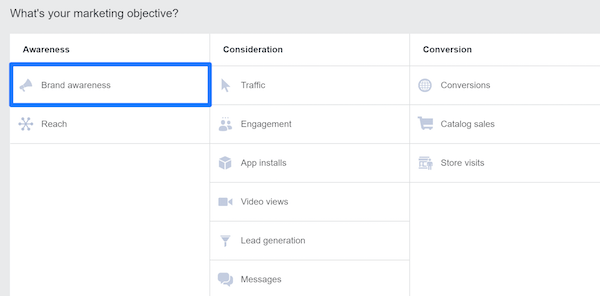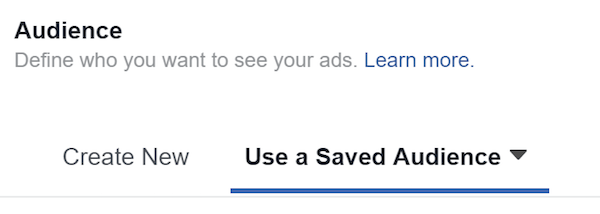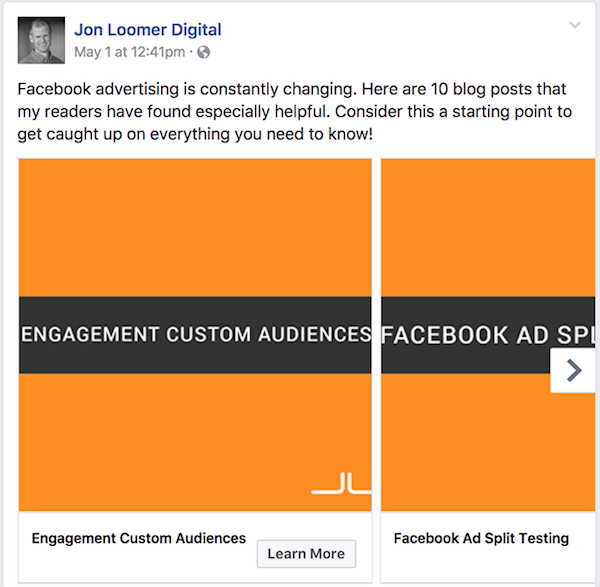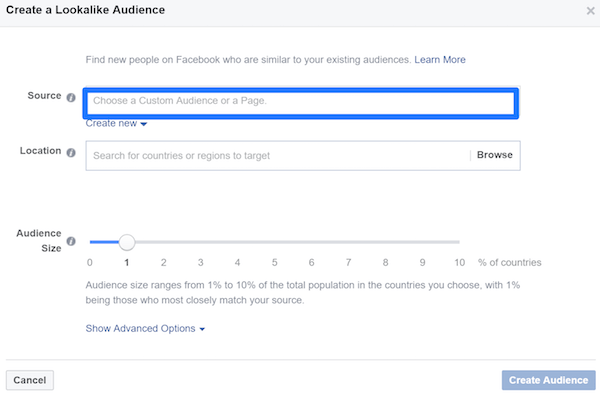may Google puke with FCS networker
Nothing keeps someone on the edge of their seat like a good story.
That’s why people love to watch movies, read books, and binge-watch television shows.
I know we all have that one friend or family member who tells the best stories around the dinner table.
But what if there was a way to turn those stories into dollars?
There is.
You’ll be able to boost your sales if you can get customers to connect with your stories.
Some of you may be thinking, “I’m a terrible storyteller, so this won’t work for me.”
And some of you might say, “My life is boring. I don’t have any good stories to tell.”
Yes, storytelling is an art.
Not everyone is born with the ability to tell an engaging story.
But luckily for you, I’m very familiar with storytelling.
In fact, I use this strategy all the time as a marketing technique.
If you’ve been reading my blog for a while, you may remember this article I wrote a couple of years ago where I shared my personal experience:

That blog post has nearly 70 comments on it.
People buy food, but nobody seems to think you can make money off it.
Plus, with numbers so high, readers are bound to be interested.
I’ll share with you some of my storytelling secrets that you can implement in your marketing campaigns to squeeze revenue from your customers.
Here’s how you can master the art of storytelling.
Identify the target audience of your story
First, recognize to whom you’re telling the story.
Make sure it’s appropriate for that audience.
Let’s use an analogy before we relate it to your business.
A story you might tell to your poker buddies during a card night while having a beer may not be something you’d tell your in-laws during a Thanksgiving dinner.
You know what I mean?
For the most part, I’d recommend keeping your stories suitable to all ages.
I practice what I preach. If you read my blogs, you typically won’t see any vulgarity or cuss words.
But depending on your brand and how you market yourself, it may be part of your image.
Something else to consider is where you plan to distribute your story.
If you’re posting it on social media, your audience may vary depending on the platform.

Let’s say you identify your target audience as baby boomers.
Based on the graph above, it wouldn’t be smart to tell that story on Instagram, Snapchat, or Twitter because there isn’t an active presence of your audience.
But if you were trying to connect with millennials, Instagram or Snapchat would be good channels to promote your story.
Once you figure out the target, you’ll be able to use an appropriate tone to tell the story and release it on the right platforms as well.
What goal are you trying to achieve?
You might be able to tell the best story in the world, but that means nothing if you don’t have a goal for it.
The story has to be actionable.
That’s the only way you’re going to get customers to convert and increase your sales.
You need to have some kind of message the customer walks away with.
Let’s take a look at an example from the Farmers Insurance website:

How do insurance companies make money?
They have to sell policies.
In a perfect world for them, they sell a policy, and the customer never makes a claim.
This story on their website talks about the disaster from hurricane Harvey in Houston, Texas.
The underlying message to a prospective customer could be that they should purchase flood insurance.
Someone may read this story and think something similar could happen to their home if they live in an area below sea level that’s susceptible to a natural disaster.
It can entice them to purchase or upgrade their policy.
Try to get an emotional response from the customer
Emotions are a powerful way to drive sales.
Refer back to our last example with Farmers Insurance.
The emotion elicited by that story would be fear.
Consumers may be afraid of a disaster happening to them, and that will prompt them to make a purchase.
Another example could be telling a story about a robbery to get customers to buy a home security system.
While fear is definitely a powerful emotion, it’s not the only way to get a response from your audience.
Dopamine gets released from the brain when someone has an emotional connection with a story.

Think about some other strong emotions you can trigger.
According to Dr. Robert Plutchik, a psychologist and professor at the Albert Einstein College of Medicine, there are eight main emotions:
- Fear
- Anger
- Sadness
- Joy
- Disgust
- Surprise
- Trust
- Anticipation
While those are a good place to start, you can try to elicit other emotions as well, such as love, pity, or envy, to connect with your audience.
It all depends on your marketing campaign and how you want your brand to be perceived.
Here’s an example from TOMS shoes:

On their website, they include a biography about their company’s founder, Blake Mycoskie.
They tell Blake’s story.
As you can see from the underlined sentences, Blake was inspired to create TOMS after witnessing firsthand young children growing up without shoes.
Blake came up with a way to help.
For every pair of shoes bought from his company, they would donate a pair to a child in need.
It’s a simple plan to help those less fortunate and a great business model for a for-profit organization.
This story can generate all kinds of emotions within a reader.
At first, they may feel sadness for those children without shoes.
But they can also feel joy because something is being done to help these kids.
Remember, we’re trying to tell actionable stories.
What kind of response can this story get?
This emotional roller coaster can inspire customers to make a purchase, knowing it will help the cause.
Tell stories your readers can relate to
People connect better with stories and ideas that speak directly to them.
If your story is super unique and isn’t relatable to a wide audience, you’ll need to find a way to tweak it.
Otherwise, you should probably leave it out of your marketing campaign altogether.
Tony Robbins, an entrepreneur, author, philanthropist, and business strategist, tells stories of triumph that his readers can relate to.

His books and self-help seminars are designed to help people take control of their lives and gain financial freedom.
He tells his personal story and explains that at one point he had only $20 to his name.
That’s something people can relate to.
Most people can understand financial struggles because they impact them every day.
Tony says he was in that position too at one point in his life, but there’s a way out.
To find out how you can do it too, he wants you to buy his books.
That’s the actionable response he’s trying to get from you by telling you a story you can relate to.
This is much more effective than telling a story about his current life, when he is worth millions of dollars.
People can’t relate to that lifestyle, but they can connect with financial struggles.
Start a blog as the platform to share your stories
Now that you know what it takes to write a story, you need to find a place to share them.
Your website needs a blog.
The benefits of blogging are seemingly endless.
It’s a great way to get more traffic to your website.
You’ll also get more engagement with your customers through blogging.
When customers read your stories, they will feel a personal connection with you.
This connection can entice them to make a purchase because they know whom they are supporting.
It’s not like they’re giving money to some faceless and nameless brand.
I could talk all day about why your business needs to have a blog, but we’ll save that conversation for another time.
Right now, it’s just the most logical place for you to share your content that’s a story.
Here are some things to keep in mind for the stories on your blog:

While your blog posts can be long, the stories within them should be somewhat short.
Your customers don’t have enough hours in the day to devote 40 minutes to your story.
If you do this, your story won’t get read, which is counterproductive and a waste of your time.
Don’t ramble.
Stick to the script, and keep it actionable.
You should also use images within your story to make the content more engaging.
Make sure you have a headline that grabs the reader’s attention.
You could have an amazing story, but it’s not worth anything if you can’t get people to click on it.
Promote your blog posts on other marketing channels, like your social media pages, as well. You can also send them to the subscribers on your email list.
Record videos as another way to get your stories out there
Not everyone wants to read.
In fact, more than four times as many customers prefer watching a video about products as do reading about about them.
That’s why I use my YouTube channel to tell stories to my audience.

If you don’t have a YouTube channel, you need to make one right away.
Start adding video content, and share it with your customers.
You can even double dip your content here.
Use a story from your blog, and talk about it in a video.
This way you won’t have to come up with fresh topics all the time.
Allow your customers to share their own stories with each other
While your story may be great, customers may not find it to be a reliable source.
People aren’t stupid (for the most part).
You’re running a business.
They realize that anything you tell them will have some sort of bias toward your brand: you won’t publish any stories that discourage people from buying your products.
That’s why you need to let customers share their stories on your website.
This can be done in the form of:
- reviews
- testimonials
- discussion boards
Take a look at how Lululemon shares stories of other people on their website:

Feel free to take a similar approach and designate a page on your website that’s strictly for user-generated content.
Conclusion
Not everyone is born a storyteller.
But if you follow the tips I’ve outlined above, you can master this art and begin to see the positive impact it has on your sales.
When telling a story, keep your audience in mind.
Make sure it’s appropriate and relatable to the customer.
Your stories should be actionable, so make sure you have a goal in mind with each story.
Otherwise, it may just turn out to be rambling content, which is ineffective.
The best stories can trigger an emotional response from the audience.
Eliciting the right emotions can prompt consumers to make a purchase.
Re-use your stories in videos, and distribute your content on various marketing channels.
You should also dedicate a specific section of your website to customer stories.
What types of actions do you want customers to take after hearing your stories?

if you really want to manipulate Google statehood you don't have to build a bunch of backlinks anymore
from Brian Milners SEO Feed http://feedproxy.google.com/~r/Quicksprout/~3/1JIKRV2NdHM/
via
IFTTT
